My router have settings to configure transmission power and as i know energy of a signal is given by $$ E = h\nu $$ where
- \$E\$ is the energy of the signal,
- \$h\$ is Planck's constant,
- \$\nu\$ is the frequency of the signal.
My question is how transmission power can be changed since energy of signal is constant?
